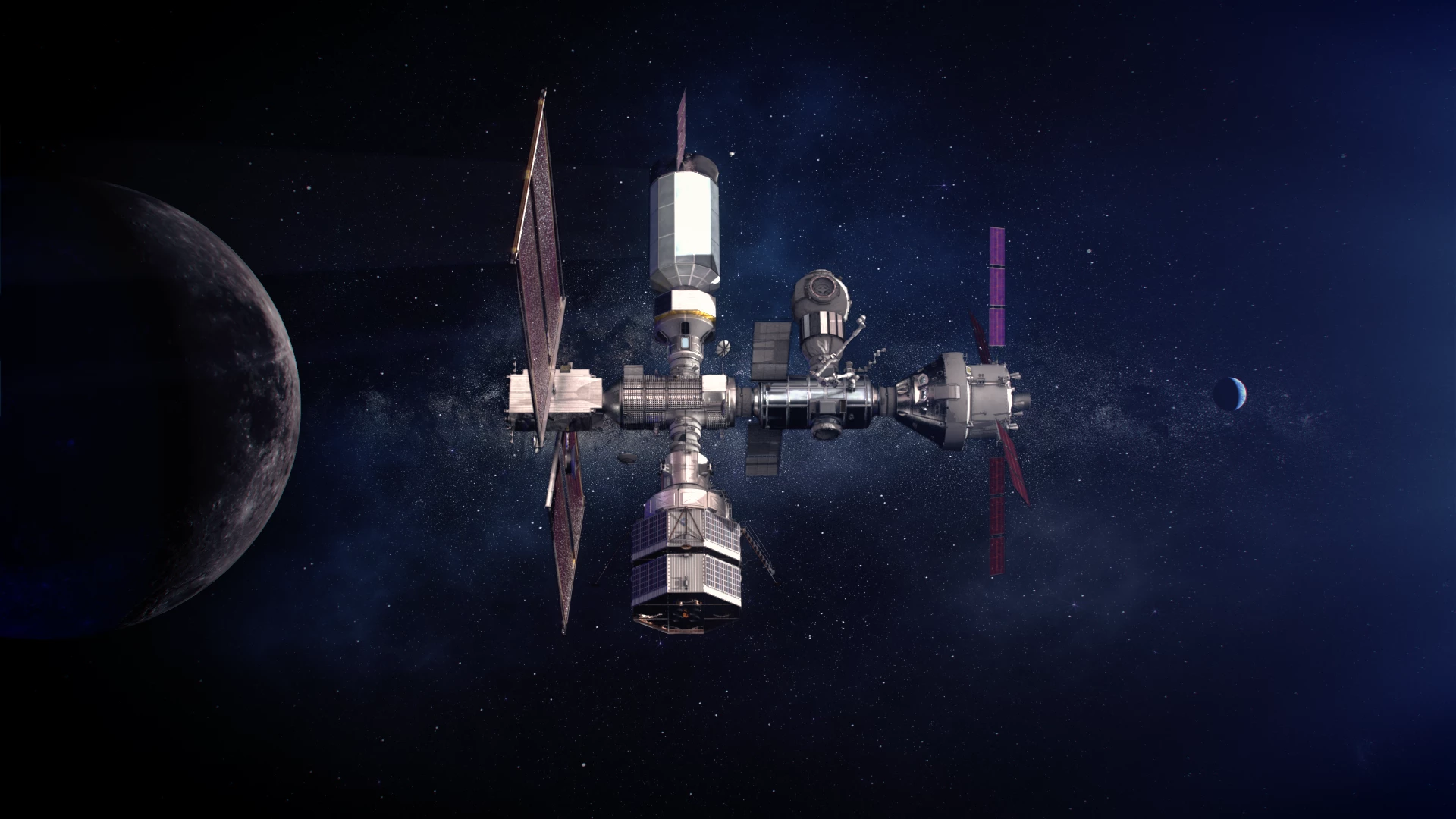NASA and ESA have formally entered into a partnership agreement for building NASA's Artemis Gateway deep space outpost. The agreement signed on Tuesday is part of the US effort to attract international partners for the lunar exploration project.
Scheduled to begin construction in cislunar orbit in 2024, the Gateway outpost is intended to act as a staging point for missions to the lunar surface, and deep space, and, ultimately, for the first crewed missions to Mars. One-sixth the size of the International Space Station (ISS), the Gateway will be assembled as modules launched into a Near Rectilinear Halo Orbit, where it will not revolve around the Earth or the Moon, but one of the Lagrange points where the gravitational fields of the Earth and Moon balance out.
After it becomes operational, the Gateway will be visited by astronauts traveling in the Orion spacecraft. Onboard Gateway, the crew will be able to remotely control lunar rovers or embark on landers to descend to the Moon's surface.
NASA says that under the new agreement, ESA will provide habitation and refueling modules as well as enhanced lunar communications. The refueling module will be equipped with windows for the crew to see outside and ESA will handle operations of its modules. In addition, ESA is building two more European Service Modules (ESMs) for the Orion spacecraft that will include propulsion, power, air, and water systems for the crew capsule.
Gateway will be open for use by both international partners and private companies wishing to launch lunar missions. It will also be used to test technologies for crewed Mars missions and to demonstrate the remote management and long-term reliability of autonomous systems.
"The Gateway is designed to be supplemented by additional capabilities provided by our international partners to support sustainable exploration," says Kathy Lueders, NASA associate administrator for the Human Exploration and Operations Mission Directorate at NASA Headquarters. "Gateway is going to give us access to explore more of the lunar surface than ever before, and we’re pleased that partners like ESA will join us on these groundbreaking efforts."
Source: NASA





